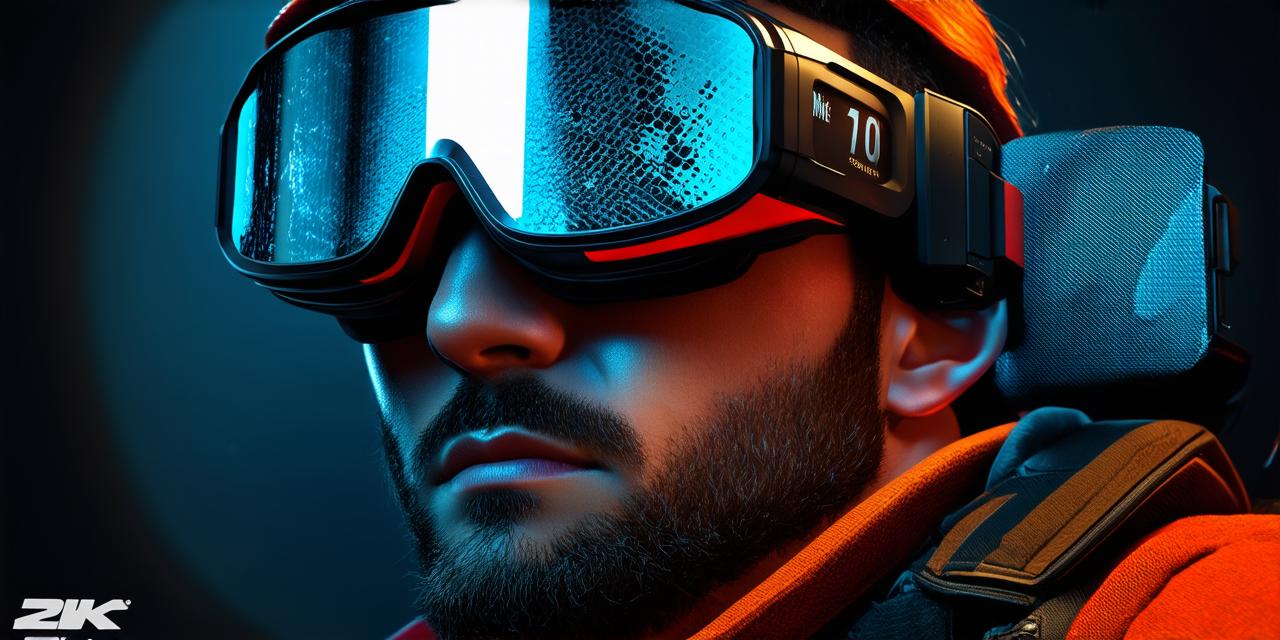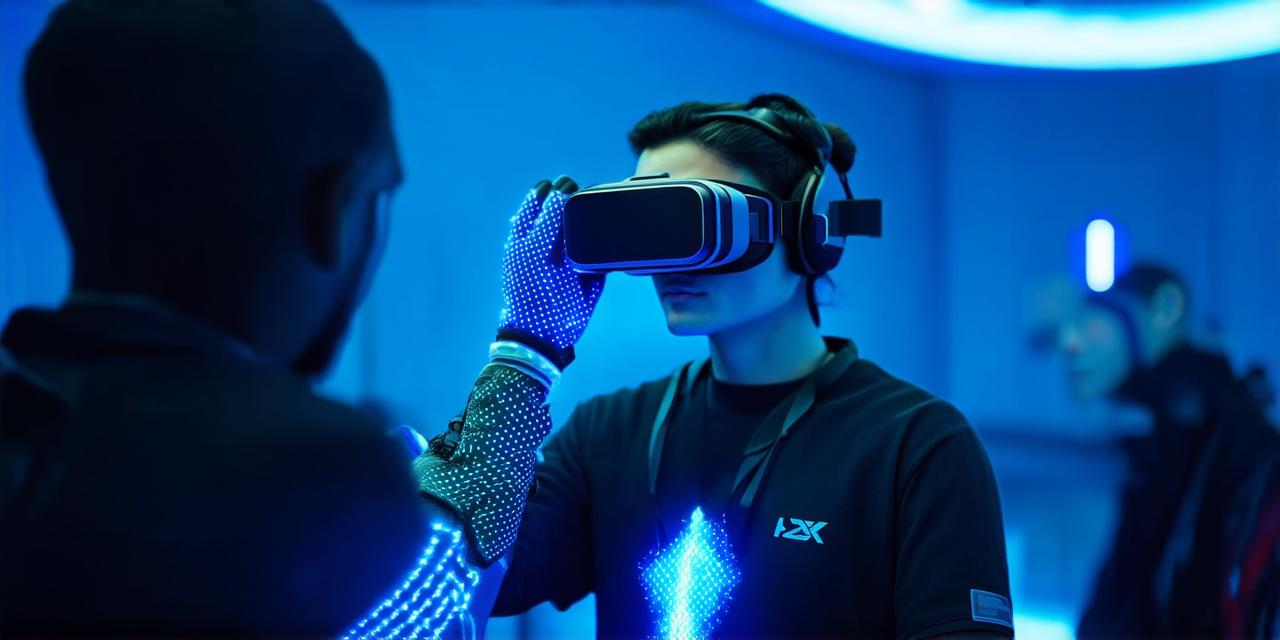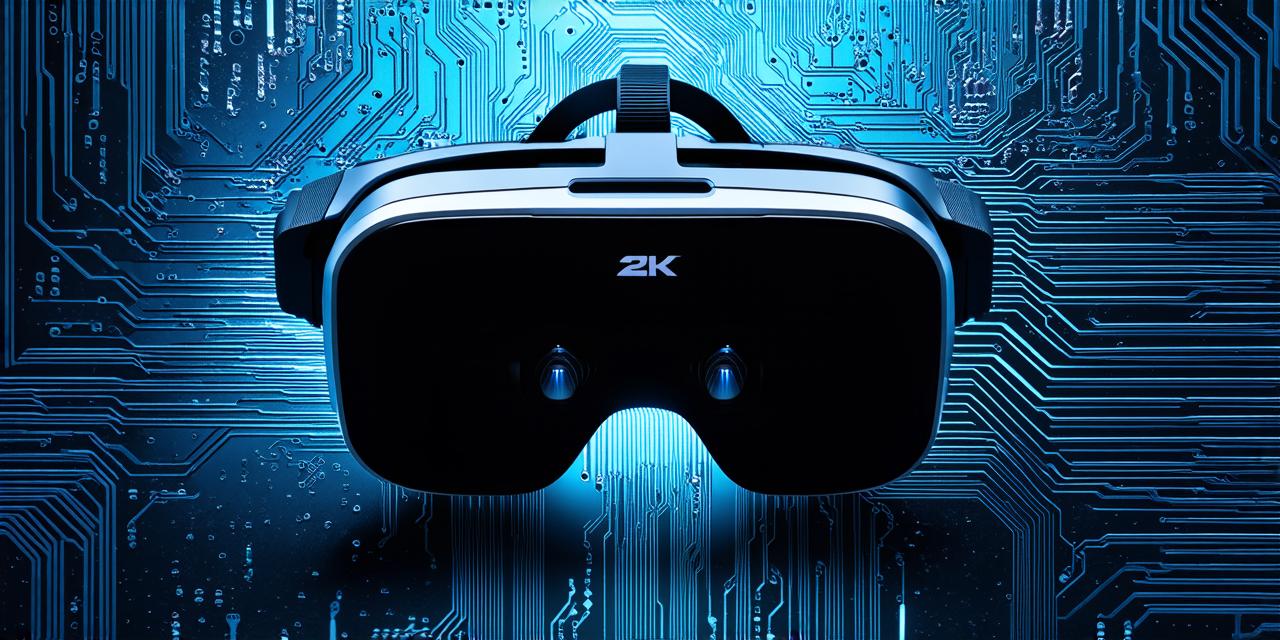Virtual reality (VR) has been a rapidly evolving technology for decades, but when did it all begin? In this article, we will explore the history of virtual reality and discover its humble beginnings.
Early Virtual Reality
Virtual reality can be traced back to the 1960s when researchers began experimenting with immersive environments. One of the earliest examples was the “Sword of Damocles,” a device developed by Ivan Sutherland in 1968. This simple headset allowed users to experience a virtual world, although it was quite limited compared to modern VR systems.

In the following decade, researchers at Stanford University developed the first head-mounted display (HMD) for virtual reality, called the “Crown.” This device was more advanced than the Sword of Damocles and allowed users to experience a 3D environment in real time. However, it was still quite limited, with a low resolution and limited motion tracking capabilities.
The 1990s saw significant advancements in virtual reality technology, as researchers began exploring new ways to create more immersive experiences. One of the most notable breakthroughs was the development of the first commercially available VR headset, called the “Virtual Boy” by Nintendo. While it was not a success, it paved the way for future VR systems.
Modern Virtual Reality
In the early 2000s, virtual reality technology took a significant leap forward with the development of more advanced HMDs and motion tracking systems. These advancements allowed users to experience more realistic and immersive environments.
One of the most influential companies in the VR industry is Oculus, which was founded in 2012 by Palmer Luckey. Under his leadership, the company developed the highly successful Oculus Rift headset, which has become one of the most popular VR systems on the market.
Today, virtual reality technology continues to evolve at a rapid pace, with new advancements being made in areas such as haptic feedback and more advanced motion tracking systems. As VR technology continues to improve, we can expect to see even more immersive and realistic experiences in the future.
Conclusion
Virtual reality has come a long way since its humble beginnings in the 1960s. From simple headsets like the Sword of Damocles to today’s highly advanced VR systems, virtual reality technology has made significant strides in recent decades. With continued innovation and advancements, we can expect to see even more immersive and realistic experiences in the years to come.



